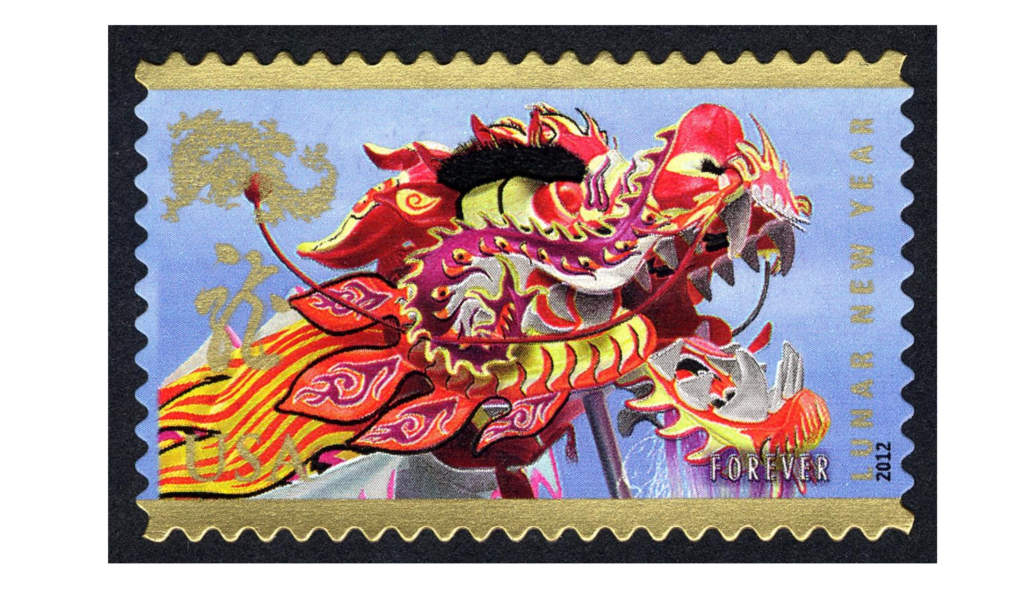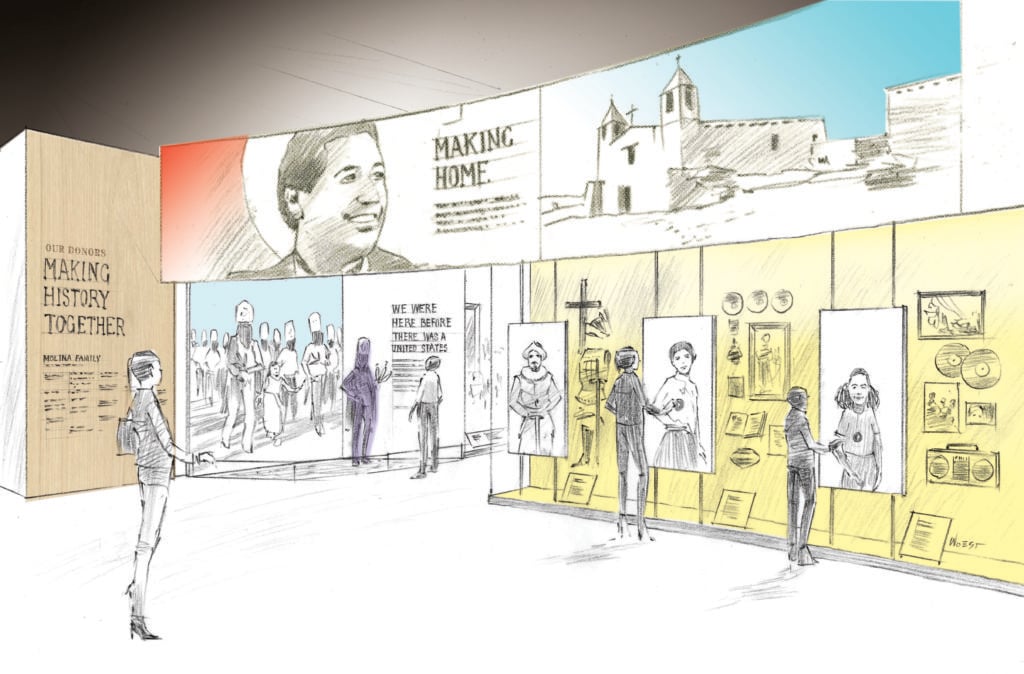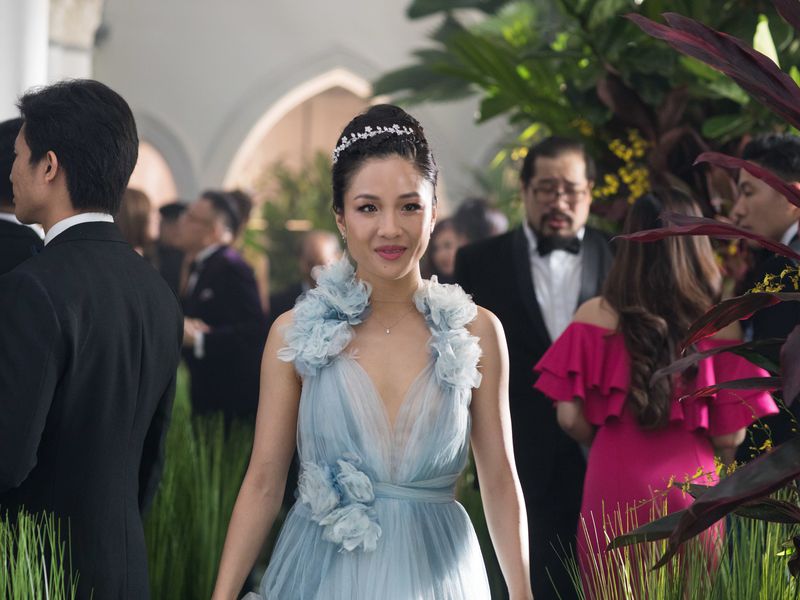Art World
‘It Is Time for Our Struggles to Be Recognized’: Lawmakers Push for a National Museum of Asian Pacific American History and Culture
The bill asks experts to consider establishing the museum as part of the Smithsonian Institution.

The bill asks experts to consider establishing the museum as part of the Smithsonian Institution.

Sarah Cascone

A new bill from congresswoman Grace Meng, a democrat from Queens, calls on the Smithsonian to consider opening a National Museum of Asian Pacific American History and Culture. The proposed institution would honor the history, accomplishments, and culture of Americans of Asian and Pacific Islander descent, such as Chinese laborers on the transcontinental railroad, Filipino agricultural workers who helped lead the farm worker revolution, and the Japanese American incarceration during World War II.
“We need to weave the narrative of Asian American and Pacific Islander communities into the greater American story,” read a statement from Meng, who proposed a similar bill back in 2015. “I firmly believe the story of Asian Americans and Pacific Islanders is sorely misunderstood and creating a national museum would ensure that our experiences—both good and bad—are recognized by all Americans.”
Introduced on July 30, HR 4132 would establish an eight-person panel of experts in museums and Asian American and Pacific Islander culture. The commission would have 18 months conduct a study determining the viability of the proposed museum, identifying possible sites for it in Washington, DC, developing a fundraising plan, and considering whether the institution should be part of the Smithsonian.
Asian Americans are the fastest growing minority group in the country, comprising about six percent of the population, or 20 million people.
There are currently 19 museums in the Smithsonian Institute, as well as the Smithsonian Asian Pacific American Center, a Los Angeles-based migratory museum founded in 1997 that presents programming and exhibitions at other Smithsonian institutions, as well as online. The Smithsonian also dedicates a section of its website to highlighting areas of its collections that are focused on Asian Pacific American heritage.
But establishing a full-fledged museum on the National Mall would not be an easy task. The most recent addition to the Smithsonian, the National Museum of African American History and Culture, which opened in 2016, took 15 years to receive passing legislation. It didn’t open for another 13 years, and at a cost of $540 million.

A sketch of the planned Molina Family Latino Gallery at the Smithsonian’s National Museum of American History, set to open in 2021. Courtesy of Museum Environments/Branded Environments.
There are also advocates pushing for the foundation of national museums for Latinos and for women. In 2017, the Women’s History Congressional Commission submitted a report to Congress recommending the establishment of an American Museum of Women’s History, and bipartisan legislation on the matter was introduced in March of this year.
Given all of this, Franklin Odo, the founding director of the Smithsonian Asian Pacific American Center, is less than optimistic when it comes to the prospects of an Asian American museum. There’s “no chance in the near future,” he lamented to NBC News back in 2016. “Latinos have been pushing for [a national museum for] over a decade now.”
But where a standalone museum requires Congressional approval, a dedicated gallery is more within the realm of possibility, at least in the short term. In December, the Molina Family Latino Gallery, the first dedicated exhibition space for the Smithsonian Latino Center (also founded in 1997), announced plans to open at the Smithsonian’s National Museum of American History in 2021.

Constance Wu’s character, Rachel Chu, wore a Marchesa gown to a wedding in Crazy Rich Asians. It is now part of the collection of the Smithsonian’s National Museum of American History. Photo courtesy Sanja Bucko/Warner Bros. Entertainment Inc. and RatPac-Dune Entertainment LLC.
The Smithsonian Asian Pacific American Center hopes to follow in its footsteps, and held its first annual fundraising gala toward that goal in Los Angeles in May. The $25 million Keystone Initiative campaign kicked off with a glitzy event honoring fusion chef Helene An, Grammy-nominated R&B jazz band Hiroshima, singer-songwriter Jay Park, and software mogul and Sacramento Kings owner Vivek Ranadive. To mark the occasion, Marchesa donated a dress worn by Constance Wu in the 2018 blockbuster film Crazy Rich Asians to the Smithsonian.
“For over 200 years, Asian Pacific Americans have been an integral part of America’s cultural fabric,” said representative Doris O. Matsui, a Smithsonian regent and a member of the center’s advisory board, at the spring gala. “It is time for our struggles to be recognized and our diverse contributions honored within the respected halls of America’s Smithsonian Institution.”